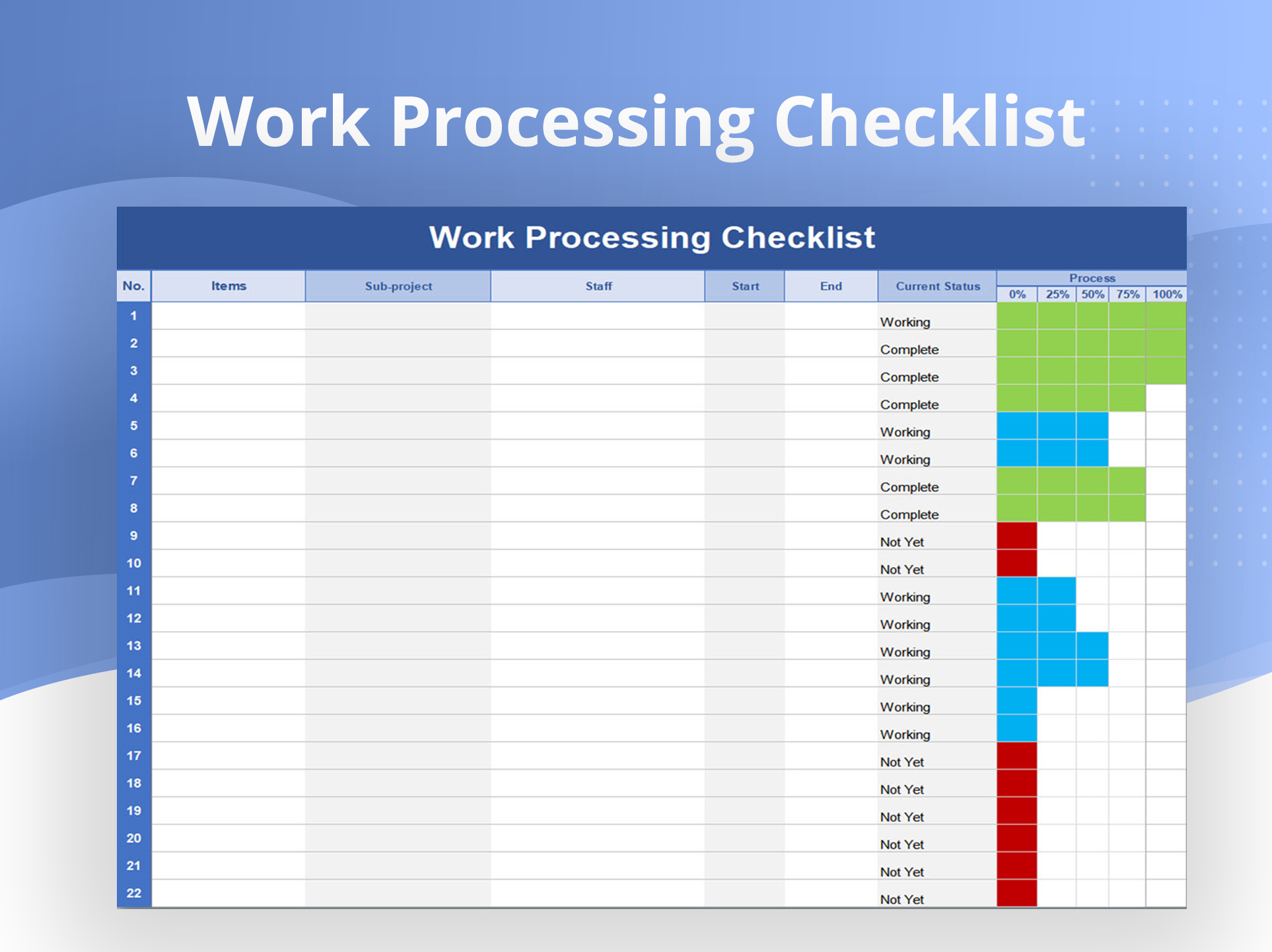In the world of Controlled Environment Agriculture (CEA), efficiency is everything. Every decision can impact not just your project’s timeline, but also its profitability. One of the most powerful tools for achieving that efficiency? A well-structured Request for Proposal (RFP). Let’s dive into why structured RFPs aren’t just a best practice—they’re a strategic advantage that can save you significant time and money.
Competitive Bidding: Driving Down Costs
At the heart of a structured RFP is the principle of competitive bidding. When you clearly outline your project’s scope, needs, and evaluation criteria, you invite multiple vendors to propose their best solutions. This competitive environment often leads to more favorable pricing and better value-added services.
According to Procurato’s insights, organizations that implement structured RFPs see cost savings of up to 20-30% on average. That’s because clear requirements make it easier for vendors to bid accurately—and competitively—without adding unnecessary “buffer” costs for uncertainties.
Additionally, the transparency of a structured RFP encourages vendors to put their best foot forward, knowing that the process is fair and rigorous.
Reducing Project Delays and Misunderstandings
A major benefit of structured RFPs is how they streamline communications and reduce costly misunderstandings. Rather than leaving room for interpretation or requiring multiple rounds of clarification, a detailed RFP sets out exactly what you need.
This clarity means fewer revisions, faster onboarding of the chosen vendor, and smoother execution. In fact, data from procurement studies suggests that structured RFPs can reduce project delays by 25-30%—a huge win for any CEA facility working with tight planting or harvest schedules.
By minimizing misunderstandings and aligning everyone from the start, structured RFPs help projects stay on track and on budget.
Enhancing Vendor Selection and Reducing Risk
Structured RFPs aren’t just about cost—they’re about choosing the right partners. With a consistent evaluation framework, you ensure that every vendor is assessed on the same criteria, reducing bias and making it easier to find the best fit.
This consistency also mitigates risk. Instead of going with the vendor who has the flashiest presentation, you’re choosing the vendor whose capabilities align most closely with your project needs. As Wolfe Procurement notes, skipping the RFP process can lead to higher project risk and up to 15% more cost overruns because of poor vendor fit.
Structured RFPs are an investment in long-term stability and quality.
Use an Agnostic Third Party to Run Your RFPs Adds Value
While structured RFPs offer a wealth of benefits on their own, many Controlled Environment Agriculture operations find even more value by engaging an independent, third-party consultant to manage the process.
An agnostic third-party—meaning they have no financial ties to any specific vendor—ensures that all vendors compete on a level playing field. This impartiality reduces the risk of bias and ensures that decisions are made based on merit, not behind-the-scenes incentives. In fact, businesses report that engaging an unbiased third-party can reduce vendor selection errors by up to 20%, as the evaluation is more transparent and aligned with project goals.
Additionally, running an RFP in-house can be resource-intensive. From drafting detailed scopes of work to managing vendor questions and evaluating responses, the process requires significant time and expertise. A third-party consultant brings specialized knowledge, streamlined processes, and the latest RFP technology to lower the cost of creating, distributing, and evaluating proposals—sometimes by as much as 30% compared to in-house efforts.
Finally, working with an independent third-party often uncovers insights that internal teams may overlook, providing a fresh perspective that can enhance the overall value and sustainability of your procurement decisions.
Project Management Software is Essential for RFP Success
Many owners try to manage RFPs using spreadsheets alone, but spreadsheets can quickly become a source of confusion and errors—especially when dealing with multiple vendors, detailed scoring, and complex timelines. Project management software purpose-built for RFP processes offers significant advantages that spreadsheets simply can’t match.
For instance, modern software solutions provide automated tracking of vendor submissions, real-time updates, and built-in templates for faster RFP creation. Features like collaborative commenting, document version control, and secure file sharing streamline communication and ensure everyone has access to the latest data. Spreadsheets, in contrast, can lead to version conflicts, lost files, and wasted time trying to consolidate scattered information.
Most importantly, project management software enhances transparency and accountability. With dashboards and audit trails, you get clear visibility into every stage of the RFP, from initial questions to final scoring—reducing misunderstandings and disputes.
For CEA owners, this means less manual work, fewer errors, and faster project delivery. Ultimately, embracing project management software alongside structured RFPs ensures your procurement process is not just efficient, but also scalable and resilient—setting your facility up for long-term success.
Leveraging Technology for Maximum ROI
The benefits of structured RFPs multiply when you use modern procurement technology. Dedicated RFP software can automate much of the process—from template creation to evaluation scoring—freeing your team to focus on strategy.
For instance, studies have found that RFP software can cut sourcing cycle times by 30-50% while maintaining strict compliance and auditability. This is particularly valuable for CEA facilities that need to manage complex HVAC, lighting, fertigation, and control systems across multiple vendors.
Using RFP software also allows you to track historical vendor performance, ensuring that you’re not just making decisions for the short term but building a foundation for future procurement success.
Beyond the Numbers: Building Long-Term Relationships
It’s easy to focus on the immediate cost savings, but the benefits of structured RFPs go further. A transparent and fair process builds trust with your vendors. Vendors are more likely to go the extra mile if they know they’re being treated equitably.
Over time, this trust translates into stronger relationships, better service, and new opportunities for innovation—because your vendors see you as a partner, not just a client.
Case Study: Real-World Savings
Let’s look at a real-world example: A mid-sized vertical farming operation in the Midwest implemented a structured RFP for their new LED lighting system. By standardizing requirements and inviting five competitive bids, they achieved:
- 25% lower capital cost compared to their previous unstructured approach
- 15% reduction in operational headaches through clearer communication
- Project delivery two weeks ahead of schedule
These benefits weren’t just theoretical—they translated to real cash and time savings that improved the company’s bottom line.
Final Thoughts
In an industry as competitive and fast-moving as Controlled Environment Agriculture, every decision matters. Structured RFPs aren’t just a procurement process—they’re a tool for driving better outcomes across your entire operation.
By embracing structured RFPs, and leveraging the expertise of an independent, agnostic third-party to manage them, you can unlock significant cost savings, reduce project timelines, and build a more resilient and trusted network of vendors. For a deeper dive into the benefits of structured RFPs and the differences between RFIs, RFQs, and RFPs check this explanatory video from World of Procurement.

